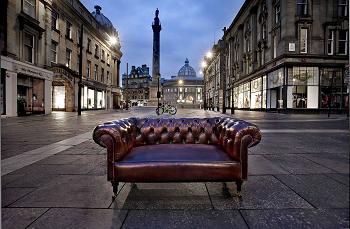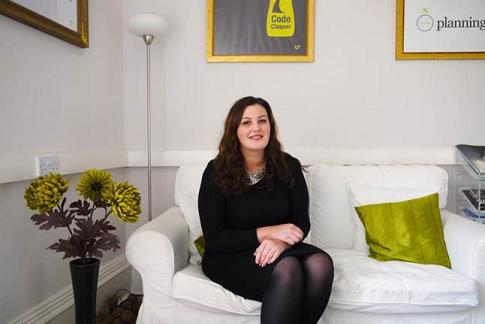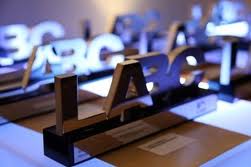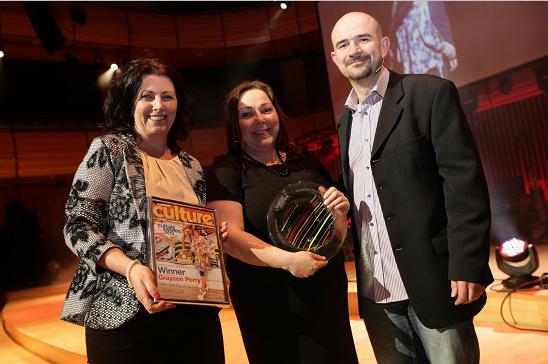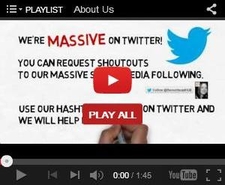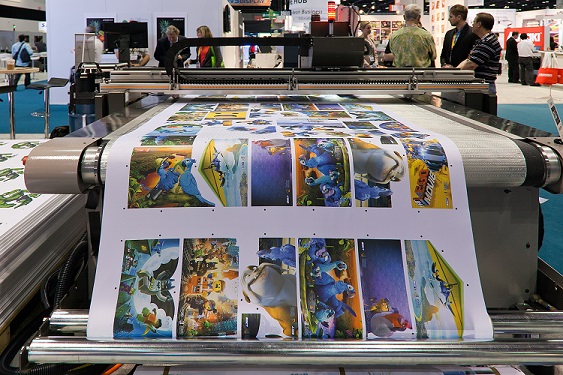
Self-promotional lookbooks are the way forward for many people in business who want to leap ahead of their competitors and secure more customers. Used by fashion models and designers for decades, the lookbook is now making waves in a range of other professional industries — but why?
Sleek, smart and focused on stunning pictures to sell a product and service; a lookbook is an excellent tool for advertising your brand. If you’re interested and need pointers on creating the ideal lookbook for your company, check out these top tips from Precision Printing — a top provider of digital printing based in North East England.
Your basic lookbook layout
Don’t waste money by not having a clear idea of what is going in your lookbook — include only the essentials and you’ll save cash and time on unnecessary printing. The main points you must consider about your lookbook are:
- Cover page.
- Navigation.
- Imagery.
- Product/service descriptions.
- Contact information.
The cover: make it stand out
First impressions mean a lot in marketing, so make sure you pay special attention to the layout, imagery and words of your cover. The objective of the front cover is to grab attention, which means you need to think: attractive image, excellent use of colour, and an appealing title to compel the reader to want to know more. Cover pages typically detail the month and year and, if it’s not in the title, you need to have your brand name and logo somewhere here, too.
The navigation: make it clear
It’s not all about the aesthetics when it comes to your lookbook — you should also create a good experience for your potential customer when they’re reading it, and much of this relies on making sure it flows without interruption.
How do you improve your chances of your lookbook flowing well? Firstly, place all relatable products together, so the reader doesn’t have to thumb through the book to find items that might interest them. If you offer both goods and services, keep these separate, and try to section off connected articles into clear categories to deliver consistency and avoid making your lookbook appear disjointed.
The product descriptions: make them interesting
The main objective of the lookbook is to offer the reader high-quality images to promote your company. However, this doesn’t mean that copy is not important. Essentially, a lookbook will feature product/service descriptions and — if you’re a start-up — perhaps a brief brand description so everyone knows what you’re about.
When writing text for your lookbook, make sure that each sentence is:
- Concise: no unnecessary words or details.
- Informative: don’t leave your reader asking questions.
- Interesting: grab your audience’s attention and keep it.
- Enticing: make them want to give you their custom.
Content is one of the most effective ways that you can forge a relationship with your potential customer. Use professional language to convey your reliability, but try and adopt a chatty tone to come across as approachable and engage with the reader. Try to avoid using very long words and sentences — these sound stuffy and clumsy — and keep your product descriptions between 30 and 60 words in length to avoid taking focus from your lookbook’s images.
The images: make them high-quality
As we’ve mentioned, the success or failure of the lookbook depends on the quality and persuasiveness of its photos and imagery. Make sure the photos you put into your lookbook are professionally-taken and of the highest quality, which means considering props, lighting, colour, setting, and image resolution for each shot. If this is one of your first print marketing campaigns, you don’t want any mistakes. Not every image needs to run border to border either, so use whitespace to create a focus point and highlight a part of the page — but use this photography technique sparingly.
Professional photographers are a good idea if you can afford them, as they’ll know how to capture the best image. However, you can do these yourself if you prefer, but just remember to check that you have exclusive rights for everything you include if they aren’t all original images.
The contact details: give your readers options
Although they’re easy to forget when you’re concentrating on making your lookbook appear sleek and professional; always include your contact details at the back. If you’re a new company on the scene, you’re going to have to shout about where new customers can get in touch with you. Make sure you include:
- Shop address.
- Phone number.
- Email address.
- Social media addresses.
The printing options: discuss these first
Now that you have all of the above arranged, you can start looking at your printing options and chatting about these with your print company. Talk about the type of paper stock and finishes that might look good and ask to see a few samples to get a better idea. The worst scenario would be to put so much time, money and effort into designing the perfect lookbook, only to have it ruined by opting for a cheap paper or poor finish.
The final step: proofreading. Check multiple times that your copy, photos, product names, prices, and contact details are right — it costs a lot to reprint! After your lookbook is printed, get it out to as many potential customers as you can!
Leave a lasting impression on potential new customers by designing and printing your own lookbook to highlight what your business can offer.
Sources:
https://www.readz.com/create-lookbook
http://www.creativebloq.com/print-design/self-promotional-brochure-11135260


